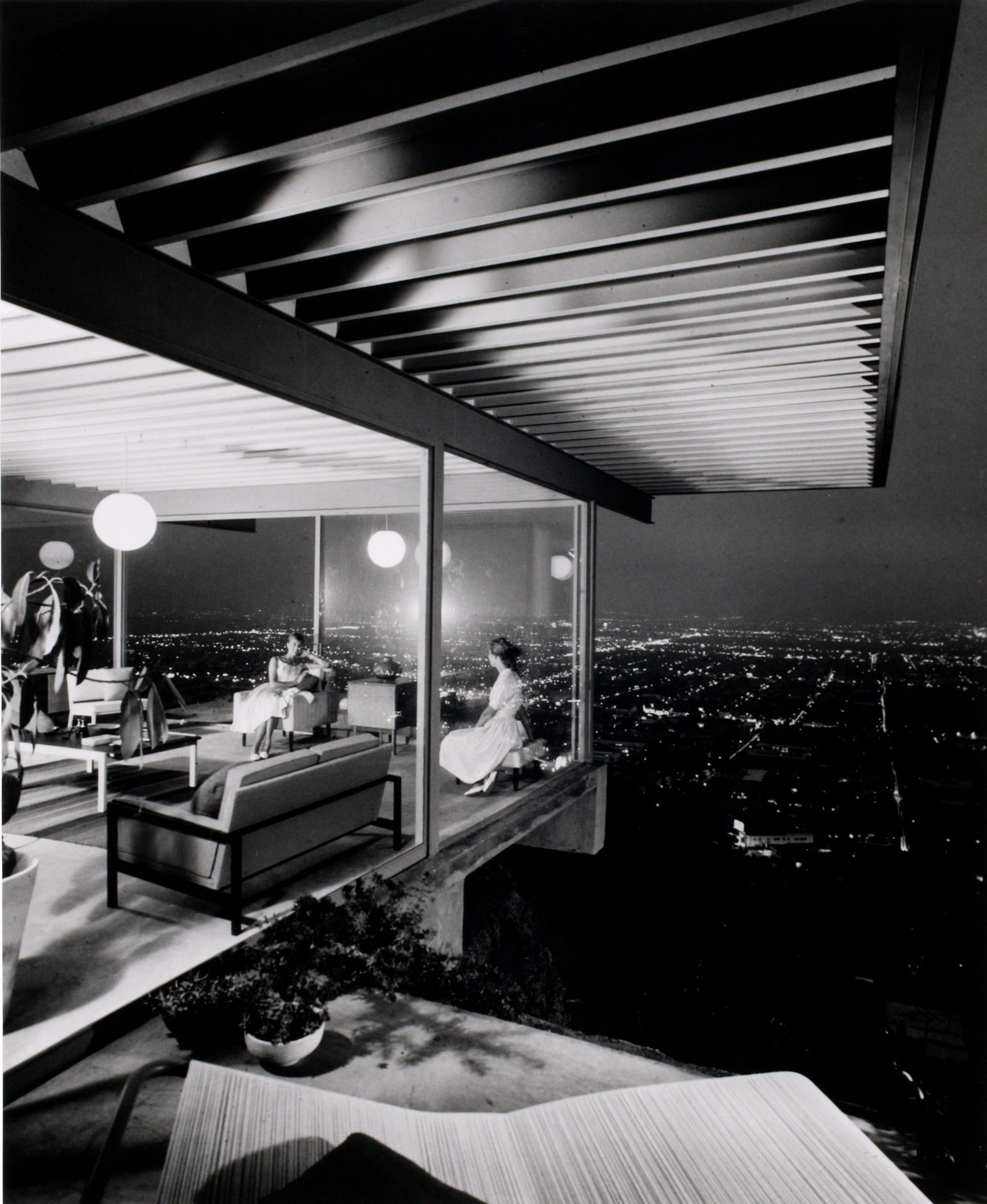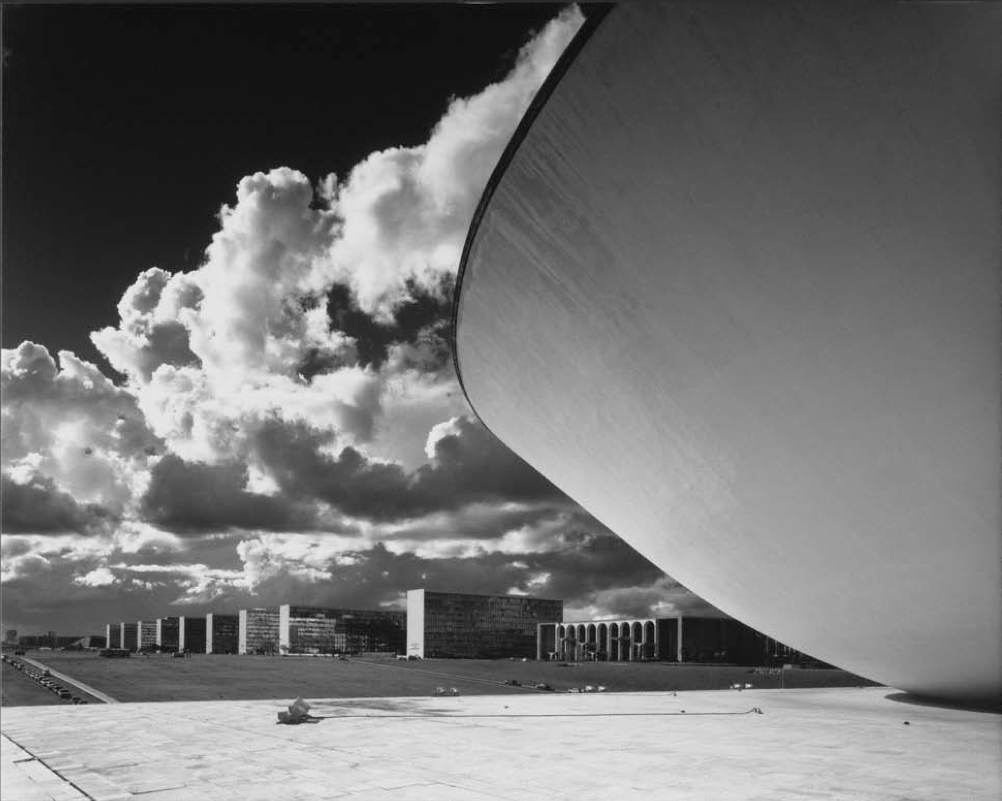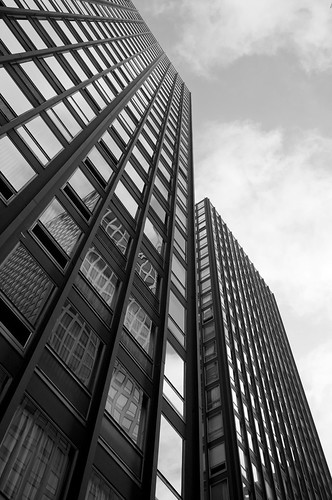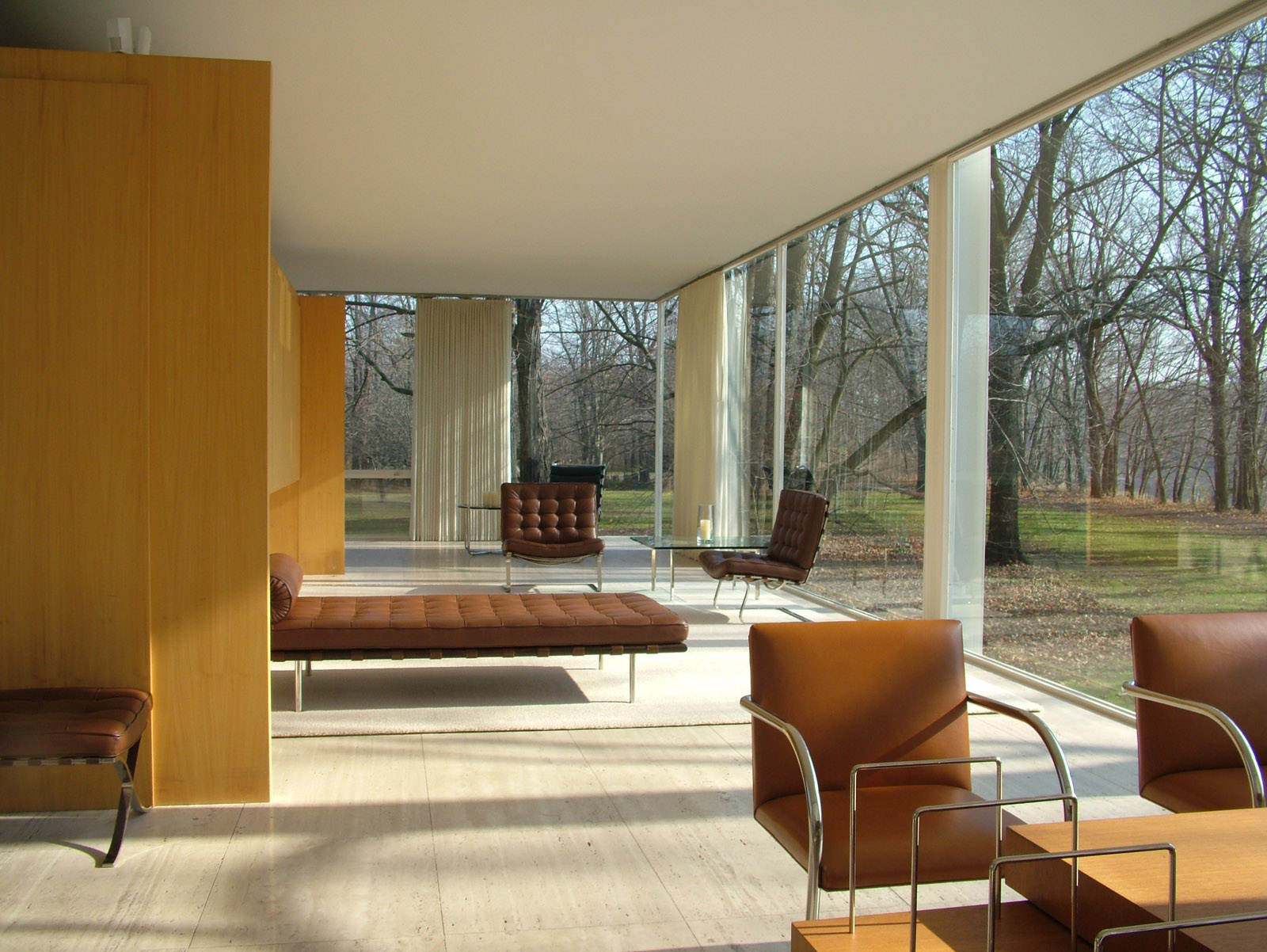I visited the North Carolina Museum of Art this week, and there was a great surprise in the contemporary galleries – a new large scale painting by Mickalene Thomas called The Three Graces. Painted this year, the piece measures an impressive 9 feet by 12 feet, and is made of thousands of rhinestones and acrylic paint. And it’s absolutely beautiful!
The painting re-casts the Three Graces from Greek Mythology as African American Women dressed in 70’s clothing. According to the artist’s website, she “introduces a complex vision of what it means to be a woman and expands common definitions of beauty. Her work stems from her long study of art history and the classical genres of portraiture, landscape, and still life.”

Mickalene Thomas has gotten a lot of attention recently – a similar painting now hangs permanently in the window of the Museum of Modern Art in New York. I feel lucky to have one of her most significant paintings in the permanent collection of our local musuem.
-Robert
image 1: mickalenethoms.com
image 2: artknowledgenews.com
image 3: lehmannmaupin.com















































